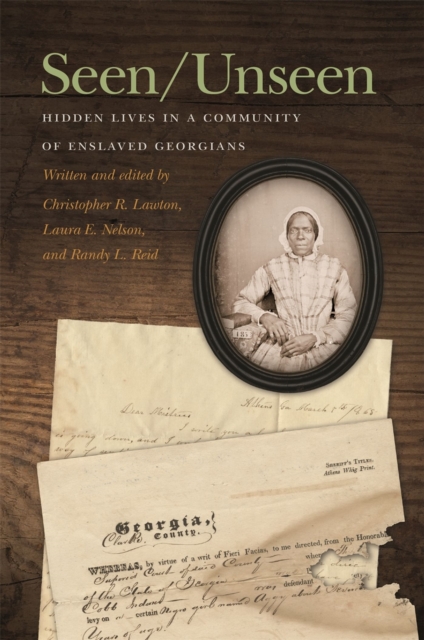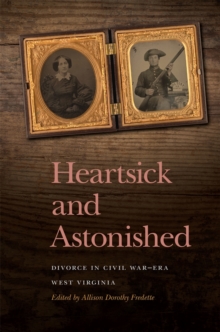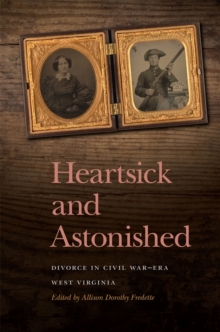
Seen/Unseen : Hidden Lives in a Community of Enslaved Georgians Hardback
Edited by Christopher Lawton, Laura Nelson, Randy Reid
Part of the New Perspectives on the Civil War Era Series series
Hardback
Description
Seen/Unseen is a vivid portrait of the complex network that created, held, and sustained a community of the enslaved.
The hundreds of men and women kept in bondage by the Cobb-Lamar family, one of the wealthiest and most politically prominent families in antebellum America, labored in households and on plantations that spanned Georgia.
Fragments of their lives were captured in thousands of letters written between family members, who recorded the external experiences of the enslaved but never fully reckoned with their humanity.
Drawn together for the first time, these fragments reveal a community that maintained bonds of affection, kinship, and support across vast distances of space, striving to make their experiences in slavery more bearable.
Christopher R. Lawton, Laura E. Nelson, and Randy L. Reid have meticulously excavated the vast Cobb Family Papers at the University of Georgia to introduce into the historical record the lives of Aggy Carter and her father George, Rachel Lamar Cole, Alfred Putnam, Berry Robinson, Bob Scott, and Sylvia Shropshire and her daughter Polly.
Each experienced enslavement in ways that were at once both remarkably different and similar.
Seen/Unseen tells their stories through four interconnected chapters, each supported by a careful selection of primary source documents and letters.
After mapping the underlying structures that supported the wealth and power of the Cobb-Lamar family, the authors then explore how those same pathways were used by the enslaved to function within the existing system, confront the limitations placed on them, challenge what they felt were its worst injustices, and try to shape the boundaries of their own lives.
Information
-
Available to Order - This title is available to order, with delivery expected within 2 weeks
- Format:Hardback
- Pages:210 pages, 11 black & white photos
- Publisher:University of Georgia Press
- Publication Date:30/04/2021
- Category:
- ISBN:9780820358970
Information
-
Available to Order - This title is available to order, with delivery expected within 2 weeks
- Format:Hardback
- Pages:210 pages, 11 black & white photos
- Publisher:University of Georgia Press
- Publication Date:30/04/2021
- Category:
- ISBN:9780820358970










